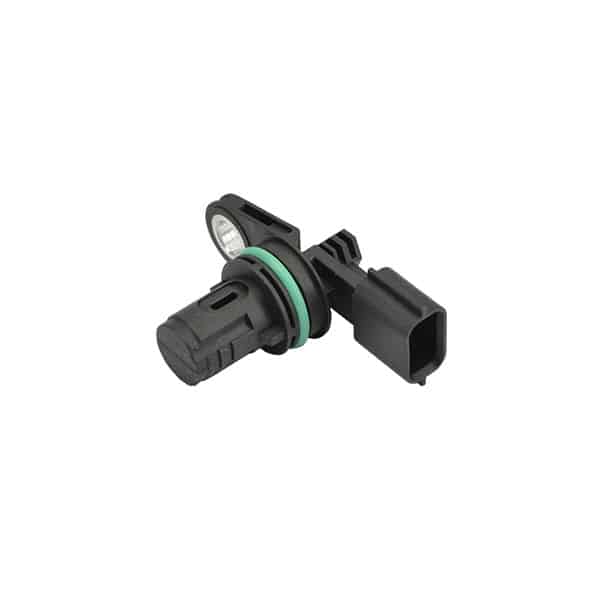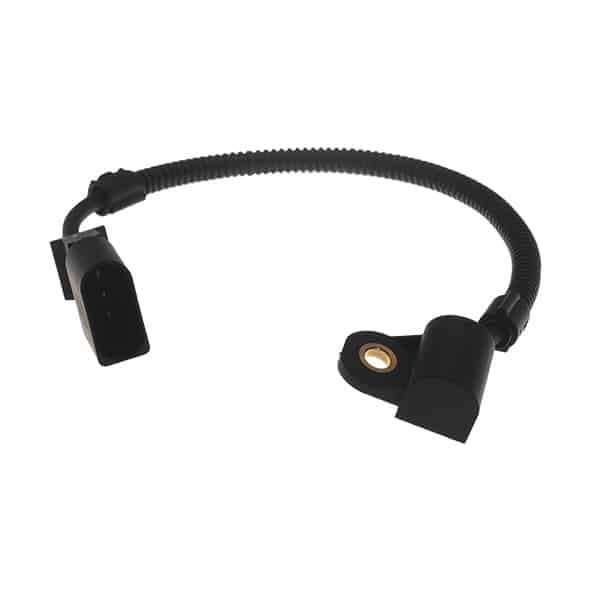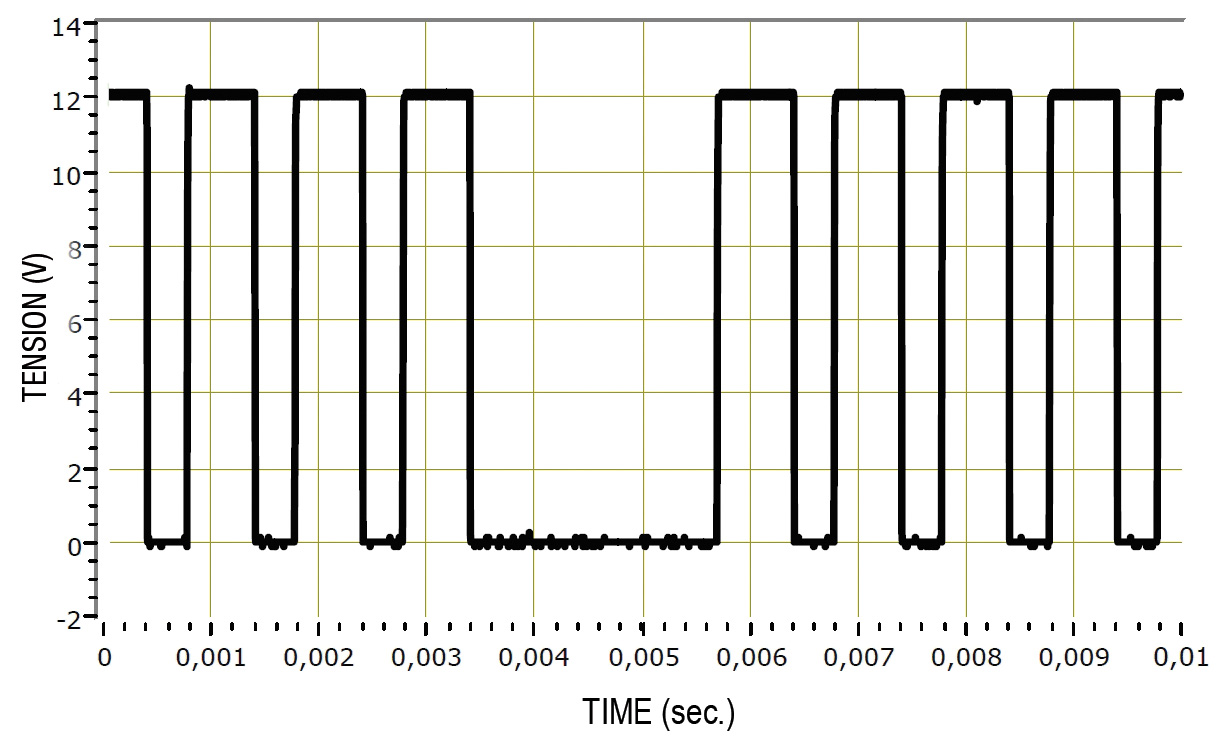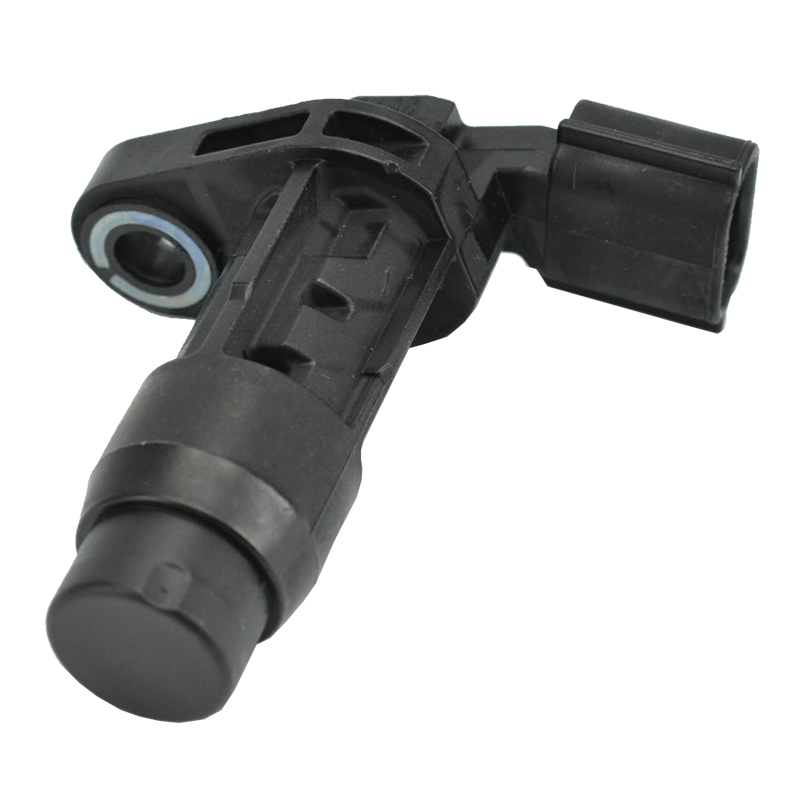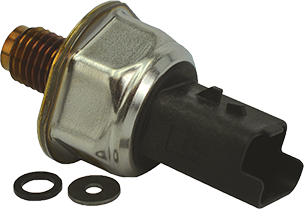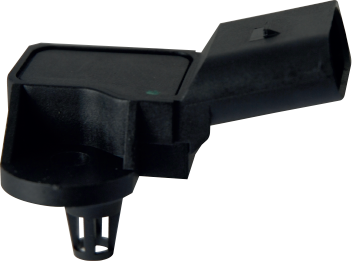If you notice an engine light (orange light) lighting up on your dashboard, then it is possible that the camshaft sensor is in a critical condition. Chances are that the vehicle is losing power (going into “limp mode”), allowing you to drive home or to the nearest garage at a slow pace. But it is also possible that your vehicle simply will not start. An increase in fuel consumption, as well as an increase in exhaust emissions (CO, NOx and HC) are further symptoms of a camshaft sensor failure.


